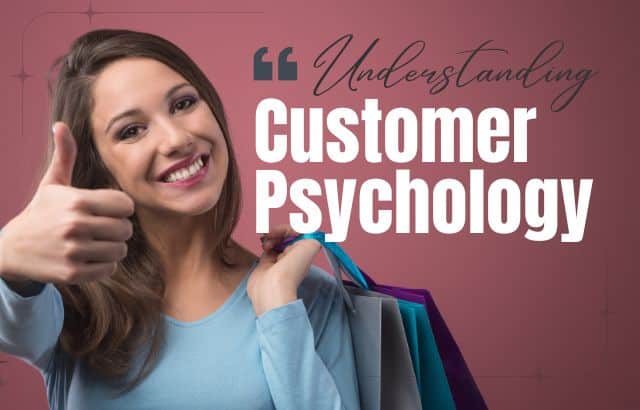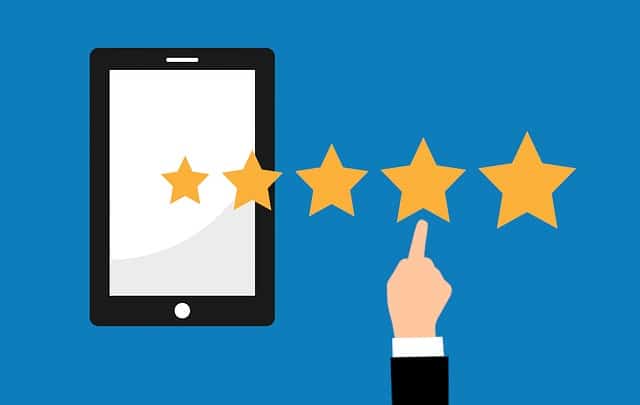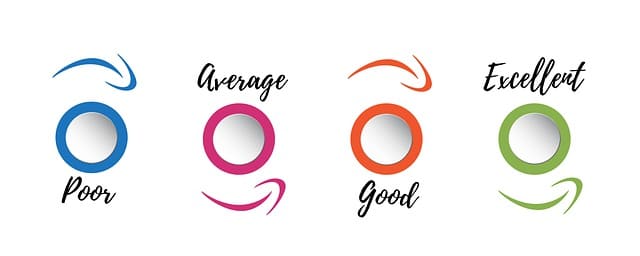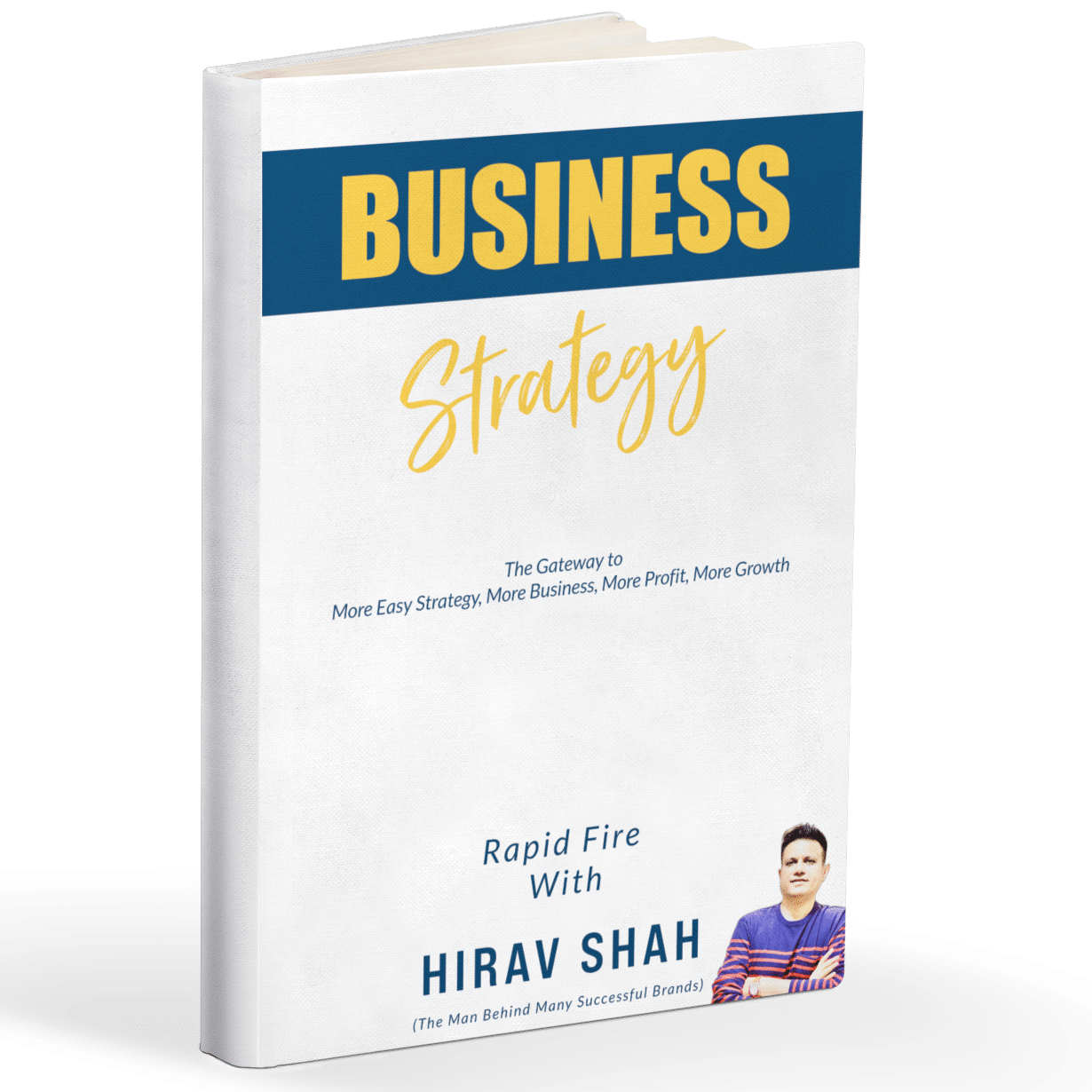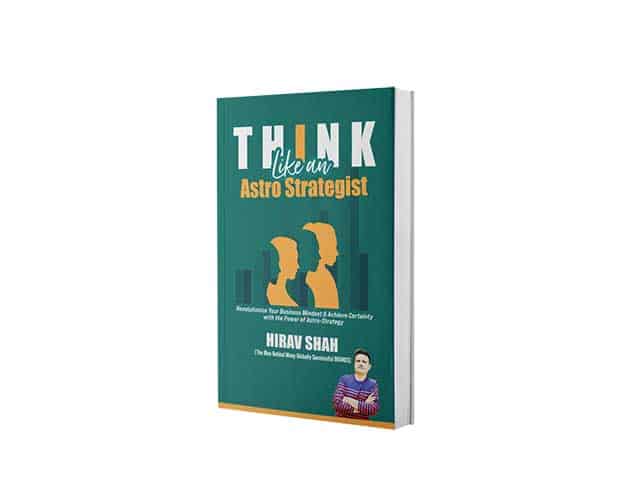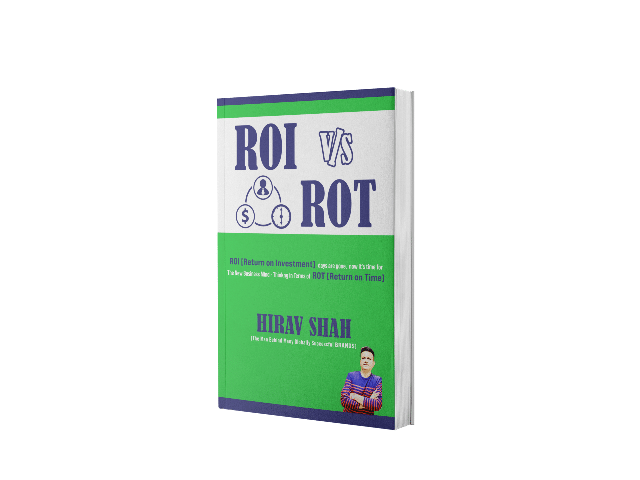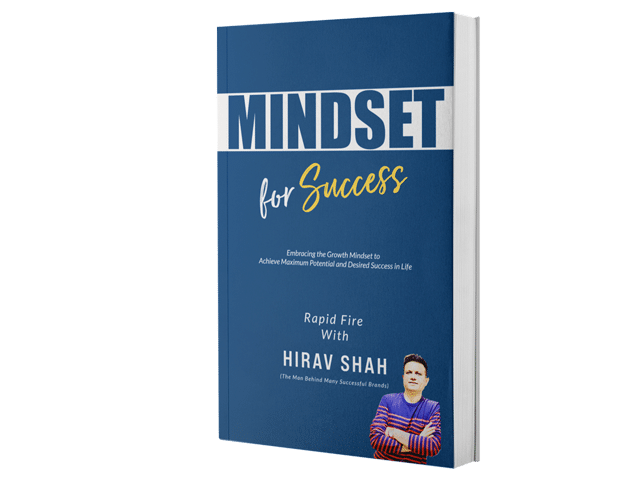In today’s fiercely competitive business landscape, understanding customer psychology is not just a strategic advantage—it’s a necessity for sustained growth and success. By aligning with customers’ needs, perceptions, and emotions, businesses can enhance engagement, retention, and conversions. Below, we explore the core elements of customer psychology, supported by real-world examples and statistics that illustrate their impact on business performance.
Table of Contents
1. Needs and Motivation

Explanation
Customers are driven by a hierarchy of needs, as outlined in Abraham Maslow’s framework, ranging from basic survival to self-expression and fulfillment. Products or services that address multiple levels of this hierarchy resonate with a broader audience.
Example
Apple excels at meeting diverse customer needs. iPhones fulfill basic communication needs, while MacBooks cater to higher-order desires like status and professional achievement.
Statistic
Harvard Business Review notes that customers with an emotional connection to a brand have a 306% higher lifetime value, showcasing Apple’s success in leveraging emotional benefits.
2. Perception

Explanation
Customer perception often outweighs product quality. A brand’s perceived value can drive sales or lead to abandonment, especially for luxury brands that thrive on exclusivity.
Example
Louis Vuitton’s image of prestige and craftsmanship allows it to charge premium prices for products perceived as symbols of luxury and status.
Statistic
A Nielsen study found that 59% of consumers prefer brands they trust, underscoring the role of perception in fostering loyalty.
3. Cognition and Decision-Making
Explanation
Customers rely on cognitive shortcuts (heuristics) to make quick decisions, making them susceptible to biases. Understanding these processes helps businesses guide purchasing behavior.
Example
Amazon’s recommendation engine uses the availability heuristic, suggesting products based on browsing history to simplify decision-making.
Statistic
McKinsey reports that 35% of Amazon’s sales come from its recommendation system, highlighting the power of personalized suggestions.
4. Emotions and Branding
Explanation
Emotions heavily influence purchasing decisions. Positive emotional experiences foster long-term loyalty and advocacy.
Example
Coca-Cola’s “Share a Coke” campaign personalized bottles with names, transforming a beverage into an emotional experience, boosting engagement and sales.
Statistic
Harvard Business Review states that emotionally connected customers are twice as valuable as highly satisfied ones, emphasizing emotions’ role in retention.
5. Social Influence
Explanation
Social proof, such as reviews or peer actions, influences decisions, especially in uncertain or high-stakes situations.
Example
Airbnb builds trust by showcasing guest reviews and ratings, reducing uncertainty and encouraging bookings.
Statistic
A BrightLocal survey reveals that 91% of consumers read online reviews before purchasing, underscoring social proof’s impact.
6. Customer Experience
Explanation
A seamless customer experience across touchpoints builds loyalty and provides a competitive edge.
Example
Disney’s theme parks and Disney+ platform create magical, memorable experiences that strengthen emotional connections.
Statistic
Forrester notes that 1 in 3 customers will abandon a loved brand after one bad experience, highlighting the need for consistent quality.
7. Customer Feedback and Listening
Explanation
Actively seeking and acting on feedback strengthens customer relationships and improves offerings.
Example
Starbucks’ “My Starbucks Idea” platform engages customers by inviting suggestions, fostering loyalty through involvement.
Statistic
Zendesk reports that 42% of consumers return to companies that listen to feedback, showing the value of responsiveness.
8. Price Perception
Explanation
How customers perceive price—whether it reflects value or feels like a deal—drives purchasing decisions.
Example
Walmart’s “Everyday Low Prices” slogan attracts cost-conscious shoppers by reinforcing affordability.
Statistic
A Statista report shows that 73% of U.S. shoppers prioritize price, translating into higher foot traffic for Walmart.
9. Personalization
Explanation
Tailored experiences increase engagement by making customers feel valued, boosting conversion rates.
Example
Amazon’s personalized email recommendations, based on browsing and purchase history, drive higher sales.
Statistic
Epsilon reports that 80% of consumers are more likely to purchase from brands offering personalized experiences.
10. Retention and Loyalty
Explanation
Retaining customers is cost-effective and drives long-term success through loyalty programs and rewards.
Example
American Express’s rewards program fosters exclusivity and encourages repeat purchases with points and premium services.
Statistic
Bain & Company finds that a 5% increase in retention can boost profits by 25% to 95%, highlighting loyalty’s impact.
11. Ethical Considerations
Explanation
Ethical practices and corporate social responsibility resonate with consumers, particularly younger generations, building lasting relationships.
Example
The Body Shop’s ethical sourcing and cruelty-free products appeal to socially-conscious consumers.
Statistic
Cone Communications notes that 87% of consumers buy from brands advocating for issues they care about.
12. Adaptation and Continuous Learning
Explanation
Agility and continuous learning through data and feedback keep businesses relevant in evolving markets.
Example
Netflix uses user data to recommend content and produce shows tailored to viewer preferences, staying ahead in the streaming industry.
Statistic
McKinsey states that 80% of Netflix users discover content through recommendations, driving engagement and retention.
FAQs About Customer Psychology
Q1: How can businesses apply customer psychology to improve sales?
By leveraging emotions, social proof, and personalization, businesses can tailor marketing to influence purchasing decisions effectively.
Q2: Why is customer perception so important for brand success?
Perception shapes engagement and willingness to pay. Positive perceptions justify premium prices and foster loyalty, while negative ones drive customers away.
Q3: How can personalization enhance customer loyalty?
Personalized experiences make customers feel valued, increasing satisfaction, engagement, and repeat business.
Q4: Why is customer feedback crucial for business improvement?
Feedback provides insights to enhance products and experiences, strengthening loyalty and competitiveness.
Q5: How can brands leverage emotions to build long-term loyalty?
Emotional connections create deeper relationships, turning customers into loyal advocates.
Conclusion

Understanding customer psychology is a powerful driver of business success. By tapping into psychological triggers—emotions, perception, social influence, and personalization—businesses can exceed customer expectations. The examples and statistics provided demonstrate the tangible impact of these strategies on engagement, satisfaction, and loyalty. Integrating these insights equips companies to thrive in today’s dynamic market.
In today’s competitive corporate landscape, understanding the psychology of customers is no longer just a competitive advantage; it’s a necessity for sustained success. Customer psychology offers invaluable insights into the minds and behaviors of your target audience, enabling you to tailor your strategies effectively. In this article, we’ll explore key aspects of customer psychology with real-world examples to illustrate their practical significance.

